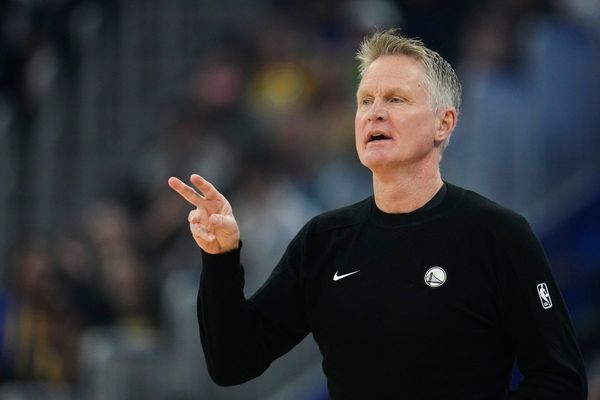
I am grateful to Abraham Thomas, curator of designs at the Victoria and Albert Museum, for having written online about this fascinating website, the Movie Title Stills Collection. It is assembled by a Dutch web designer, Christian Annyas, who also tweets news of new additions to the site under the name MovieTitles.
Like Mr Thomas, I am becoming more than mildly addicted to this site, which induces a weird trance-like state. It is a huge collection of film titles, which Annyas has taken as screenshots and put up online, ordered by decade: 1920-1929, 1930-1939 etc, right up until 2010-2019, although as far as I can see, Annyas has not yet got around to adding any material later than 2009. He has two genre groupings, for film noir and westerns, and an "updates" section for new additions to the collection.
There is something about seeing the screen compressed into the size of a playing card which gives a distinctive, piercing vividness to the frozen images, particularly the title lettering, which at this size almost seems to glow or scintillate, like an optical illusion.
Weirdly, a page full of movie titles almost seems to abolish generic differences between the films: they seem like single emanations from one startlingly unusual and imaginative mind. With very few exceptions, the titles are somehow unfamiliar: even a film you know well tends to be represented here by a grabbed, frozen image which is usually not one you associate with it.
There is a fascination in comparing, say, the title shot of Harold Lloyd's Girl Shy (1924) with that of Paul Thomas Anderson's Punch-Drunk Love (2002). When I was a postgrad student, working on the rarefied world of Renaissance literature, researchers prided themselves on being able to glance at the title page of an early printed book, and within seconds know from typography and layout if it was published in the 16th, 17th or 18th century; with a couple more seconds, they would know which half of the correct century it was from. I think I can more or less do something similar with the movie titles here. Perhaps Mr Annyas could design software for a random generator – at a click it would produce an undated film title, without giveaways, which could test our innate historical sense?
However, perhaps what emerges from comparing the 1920s to the 2000s is how similar they basically are in form, how little the grammar of film has changed, and how young the artform actually is. Anyway, this website is a treat.







